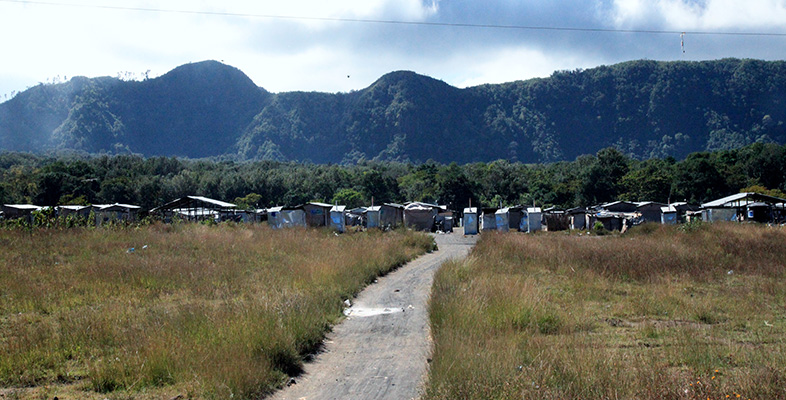6.2 ‘No-choice’ dispersal
Dispersal as a strategy aimed at resolving tensions, avoiding ‘concentrations of aliens’ and preserving ‘ethnic balance’ and ‘cultural homogeneity’ is not a new idea, but one proposed for the settlement of successive groups of refugees, and indeed immigrants, since the 1930s, and also used in the 1960s and 1970s in relation to housing and education (Lewis, 1998). The government's asylum dispersal policy of 1999, intended to ‘ease the burden’ of the south-east of England, was based on the identification of suitable ‘cluster areas’ which had, as Smith (2001, p. 13) has noted:
-
available accommodation;
-
a multi-ethnic population or the potential to develop a multi-ethnic population;
-
voluntary or community support structures already in place.
In practice, such aims were hard to realise. Many of the ‘cluster areas’ were in Scotland, and Glasgow City Council was the first Scottish authority to sign a contract (worth £101 million) with NASS to accommodate asylum seekers. Weekly buses brought people on a ‘no-choice’ basis from the south of England. However, the majority of asylum seekers were accommodated in Sighthill: ‘one of the poorest areas of the city’ (Ferguson and Barclay, 2002, p. 2).
Dispersal to Glasgow had a negative influence on claims for asylum being upheld, with claims being rejected on grounds of ‘non-compliance’ (Smith, 2001). The timing and destination of the dispersal took no account of case deadlines or of the need to communicate with solicitors. Like other areas not used to large numbers of asylum seekers, there were very few immigration lawyers or translators in Glasgow. Yet all forms have to be completed in English, and all documents translated into English. Having been dispersed, all enquiries have to be made by telephone, which is much harder in a foreign language. Françoise's experience of dispersal, with her papers going to the wrong address and her appeal being turned down in her absence, is perhaps not uncommon.
The dispersal policy shaped the everyday lives of asylum seekers; they experienced it as a deprivation of human rights by cutting them off from friends, family and community. It conditioned the dynamics and circumstances of their relationships with others – strangers as well as friends and family. Many resisted dispersal, preferring to make their own arrangements or to return to London or the south-east, although this would make them ineligible for any welfare support.
Nevertheless, asylum seekers' experiences were contradictory. They were relieved to be free from the danger that had led them to flee and referred to the friendliness of the Glasgow people. However, there were high levels of hostility and racist attacks against them, culminating in Sighthill in 2001 in the murder of a young Turkish Kurd, Firsat Dag:
Out of the horror evoked by such events, however, some good emerged … One of the most moving and inspiring events of that time was the large demonstration into Glasgow town centre of asylum seekers, local Sighthill people and many others appalled by Firsat's murder under the banner ‘Sighthill United Against Racism and Poverty’.
(Ferguson and Barclay, 2002, p. 2)
